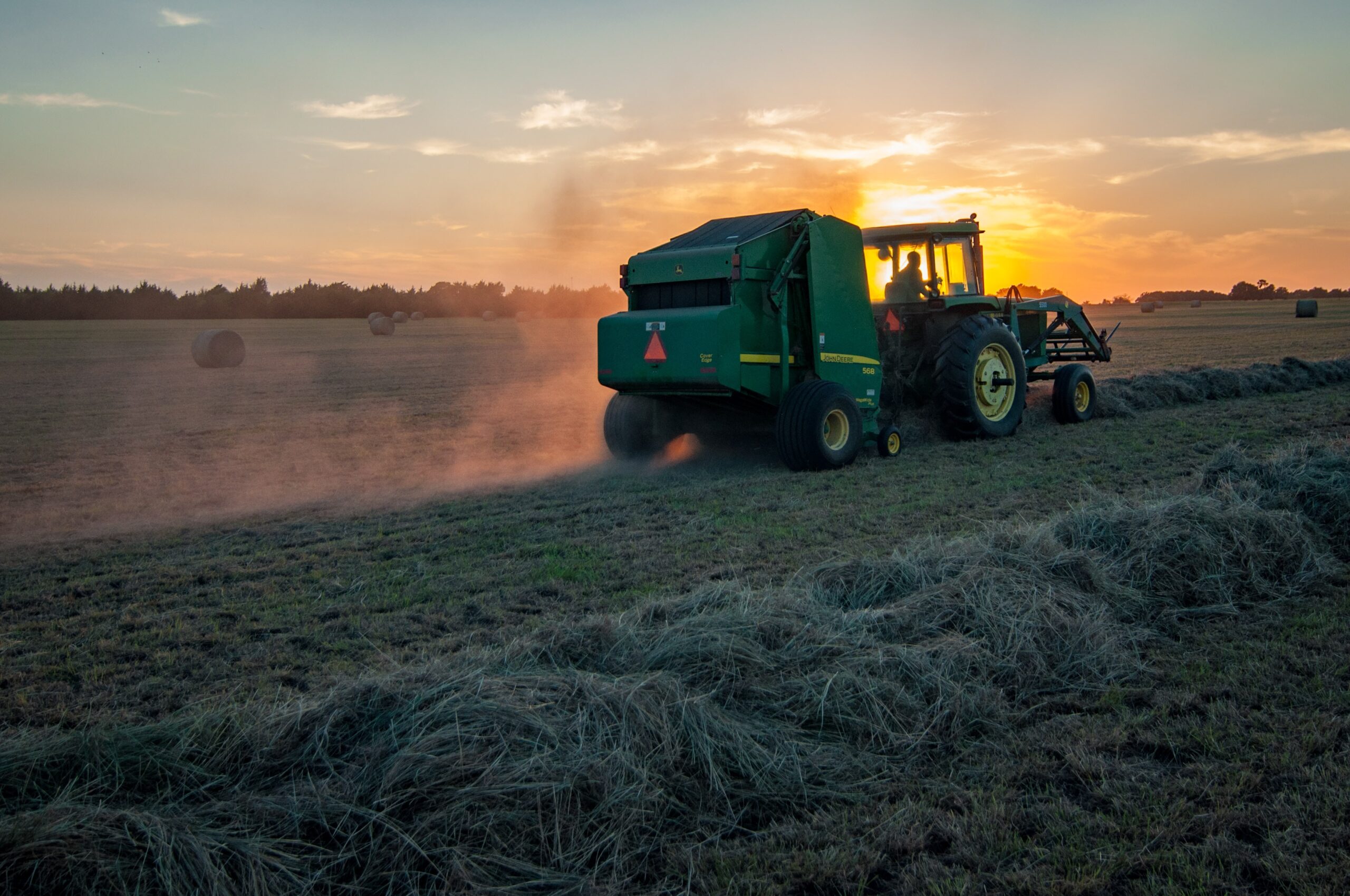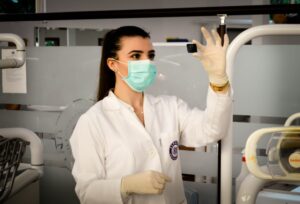Additionally, precision farming, which optimizes planting, irrigation, and fertilization based on real-time data using AI and computer vision, can have a huge positive impact on the environment by lowering water use, boosting crop yields, and using fewer pesticides. Crop yields can rise by up to 30% thanks to precision farming, according to a report from the Precision Agriculture Development Trust.
Additionally, the combination of AI and CV with the usage of drones and satellite photography can give farmers useful information on the health and growth of their crops, enabling them to make better-educated decisions about their farming operations.
The agriculture sector could undergo a transformation thanks to artificial intelligence (AI), which also has several advantages. AI can benefit agriculture in a number of ways, including
Precision Agriculture: Through studying enormous volumes of data to find patterns and make predictions, AI can be utilized to maximize agricultural yield. For instance, using AI to forecast crop yields, keep an eye on crop health, and spot disease outbreaks enable farmers to make data-driven decisions and increase yields.
Automated Decision Making: AI can automate various agricultural operations, including crop growth monitoring, problem detection, and irrigation schedule optimization, thereby lowering labor costs and boosting productivity. Using algorithms and artificial intelligence to make judgments devoid of human involvement is known as automated decision-making. The effectiveness and precision of agricultural decision-making can be considerably improved by this. By combining AI and computer vision technology, a variety of jobs can be automated, and data-driven insights can be provided to assist farmers in making decisions.
Enhanced Sustainability: While eliminating waste and maximizing resource consumption, AI can aid in enhancing sustainability in agriculture. Agriculture’s use of AI and computer vision technology has the potential to significantly improve sustainability in the sector. These technologies can assist farmers in making knowledgeable decisions that decrease waste and enhance the overall health of the soil by offering data-driven insights.
Better Resource Management: Besides measuring data and forecasting resource utilization, AI can assist farmers in managing resources like land, water, and fertilizer more effectively. This may result in less waste and better resource usage.
Accurate Weather Prediction: AI can help in weather prediction, which is important for agriculture. Accurate weather forecasts can aid farmers in making wiser choices on crop planting, harvesting, and weather-related crop damage prevention.
Predictive Maintenance: AI can be used for predictive maintenance, which enables farmers to schedule maintenance and minimize downtime by predicting when agricultural equipment is likely to malfunction. Costs can be brought down while efficiency is increased.
Livestock Monitoring: AI can be used to track the health and behavior of livestock, giving farmers the ability to promptly identify and take care of problems like disease or damage. This can enhance animal welfare and lower the danger of spreading disease.
Food Safety: AI may be used to monitor food safety, as well as to identify and stop the spread of foodborne illnesses. For instance, AI may examine food photos to find contamination and rotting symptoms, assisting in ensuring food safety.
Agricultural Yield Optimization: Instead of assessing data and forecasting future crop conditions, AI can be utilized to improve crop yields. The process of increasing crop yields while preserving the health of the soil and the environment is known as agricultural yield optimization. By delivering data-driven insights and automating operations, the combination of artificial intelligence (AI) and computer vision technologies can significantly improve yield optimization.
Land Management: Rather than assessing the information and making predictions about the use of land, the condition of the soil, and other aspects, AI can be used to manage land more successfully. This can assist farmers in using land more sustainably and in making better decisions.
AI has the potential to significantly improve several aspects of agriculture, including costs and resource management, as well as yields and sustainability. Farmers may increase their operations’ efficiency and efficacy by utilizing AI to help them make better decisions.









